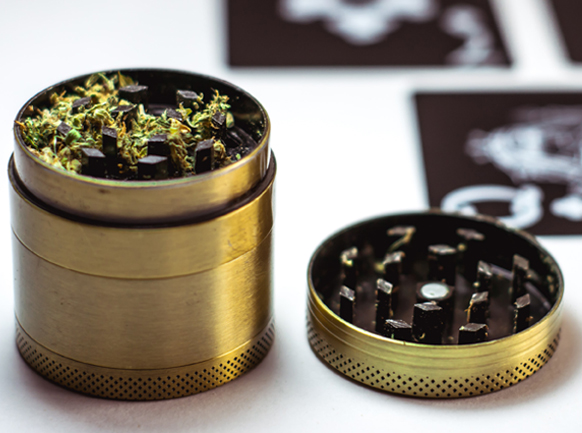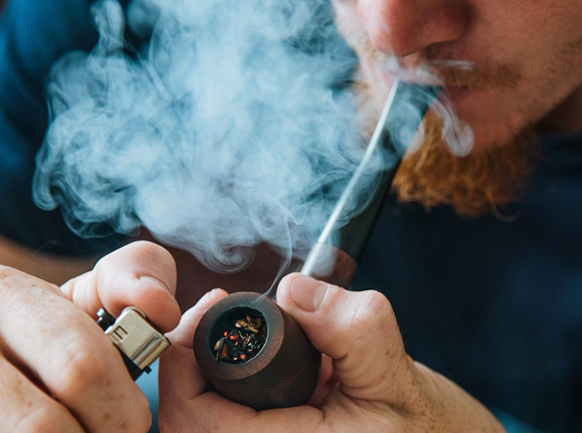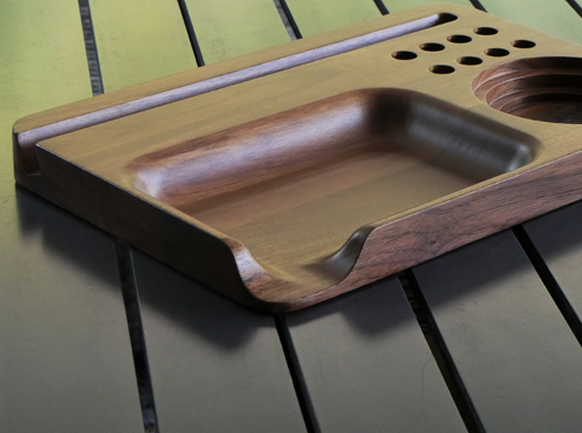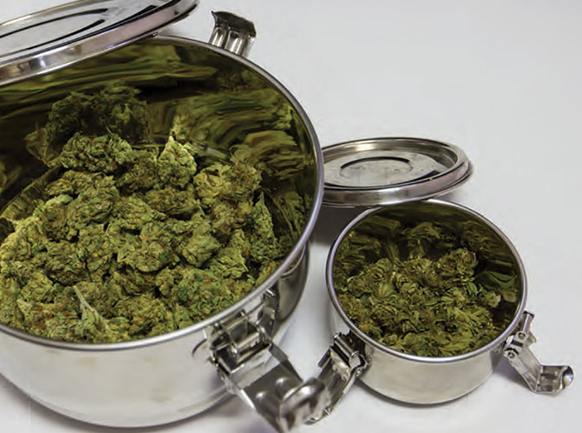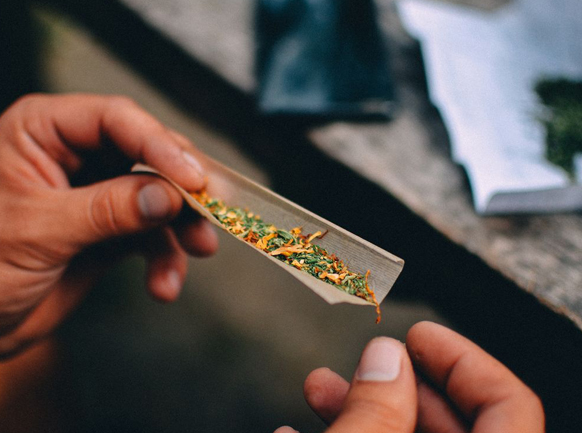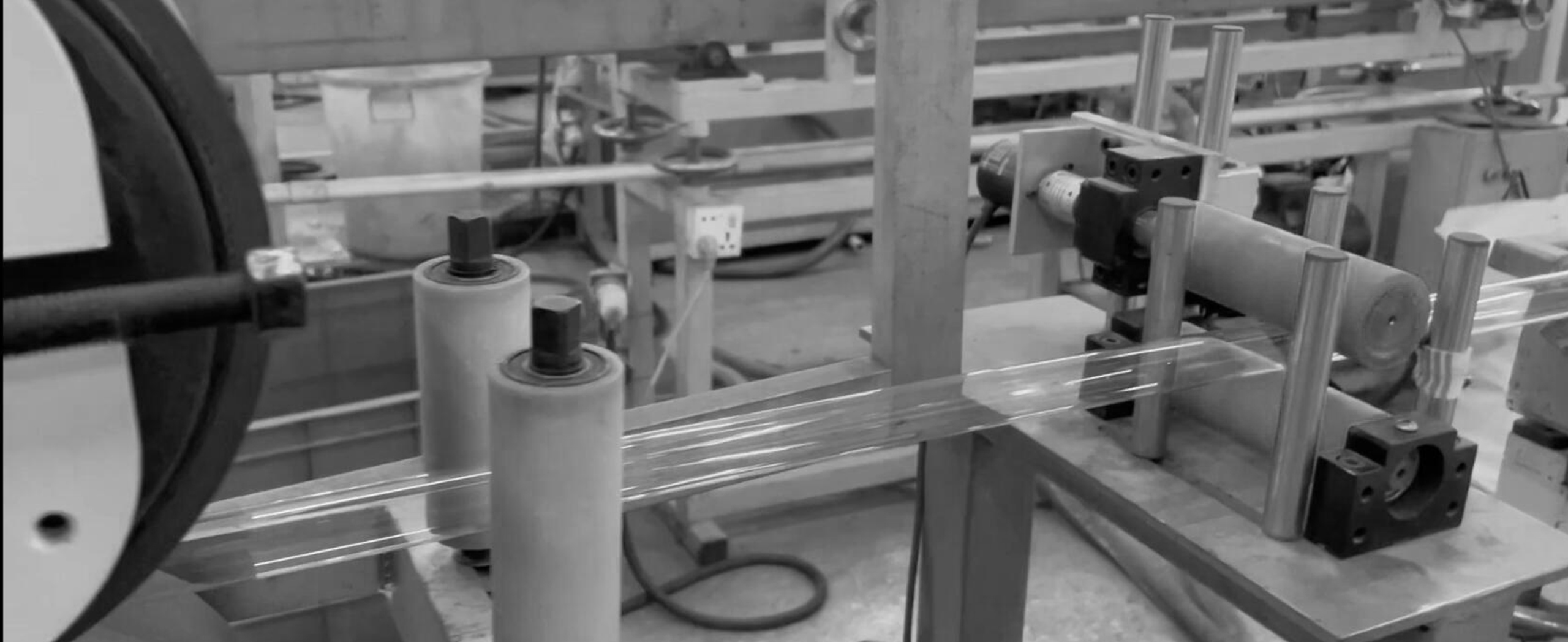Introduction:
Plastic packaging tubes have become a ubiquitous part of our daily lives, holding everything from cosmetics and personal care products to pharmaceuticals and food items. The manufacturing of these tubes involves intricate processes that ensure they meet the highest quality standards. In this blog, we’ll explore two fundamental methods used in the production of plastic packaging tubes: Injection Molding and Extrusion. By delving into the details of these processes and understanding their differences, you’ll gain insights into how these techniques shape the packaging industry.
Injection Molding:
Injection molding is a widely used manufacturing process that involves injecting molten plastic material into a mold cavity, where it cools and solidifies to form the desired shape. This method is known for its precision, versatility, and ability to create complex geometries.
Key Features:
- Complex Shapes: Injection molding allows for the creation of intricate shapes and features, making it ideal for packaging tubes with unique designs or multiple components.
- High Precision: The process offers tight tolerances and accurate dimensions, ensuring consistency across a production run.
- Materials: A variety of plastic materials can be used in injection molding, including polyethylene, polypropylene, and PVC.
- Short Production Time: Injection molding offers relatively fast cycle times, enabling efficient mass production.
Extrusion:
Extrusion is a continuous manufacturing process that involves forcing molten plastic through a die to create a continuous profile with a consistent cross-section. This process is commonly used to produce plastic sheets, pipes, and tubes.
Key Features:
- Tubular Forms: Extrusion is particularly well-suited for producing plastic packaging tubes due to its ability to create long, continuous tubes with uniform diameters.
- Cost-Effectiveness: Extrusion offers cost savings for large-scale production due to its continuous nature and minimal tooling requirements.
- Variety of Materials: Like injection molding, extrusion supports a wide range of plastic materials, enabling customization for various packaging needs.
- Efficient Material Usage: The extrusion process minimizes waste by creating a seamless tube that can be cut into desired lengths.
Differences Between Injection Molding and Extrusion for Plastic Packaging Tubes:
- Geometry and Design:
- Injection Molding: Ideal for complex shapes, intricate details, and multi-component designs.
- Extrusion: Well-suited for creating long, continuous tubes with consistent diameters.
- Precision and Tolerances:
- Injection Molding: Offers high precision and tight tolerances for dimensions and features.
- Extrusion: Provides good dimensional consistency but may have slightly looser tolerances compared to injection molding.
- Production Volume and Speed:
- Injection Molding: Suitable for both small and large production volumes, with relatively fast cycle times.
- Extrusion: Highly efficient for large-scale production due to its continuous nature.
- Tooling and Setup:
- Injection Molding: Requires specialized molds for each design, leading to higher tooling costs.
- Extrusion: Involves the creation of dies, which are generally less expensive than injection molds.
- Material Selection:
- Both processes support a wide range of plastic materials, offering flexibility in material choices for different packaging requirements.
Conclusion:
The production of plastic packaging tubes relies on sophisticated manufacturing processes to achieve the desired aesthetics, functionality, and quality. Injection molding and extrusion are two key methods that play a vital role in shaping the packaging industry. While injection molding excels in creating intricate designs and precise details, extrusion offers efficiency and cost-effectiveness for producing continuous tubular forms. Understanding the differences between these processes empowers packaging professionals to make informed decisions and select the optimal method to bring their plastic packaging tube designs to life, ensuring that products reach consumers in a visually appealing and functional manner.
Subscribe to our free newsletter
Signup for the latest events and news!
* Add notice about your Privacy Policy here.

